How many BTU split air conditioners should I buy In 2024?
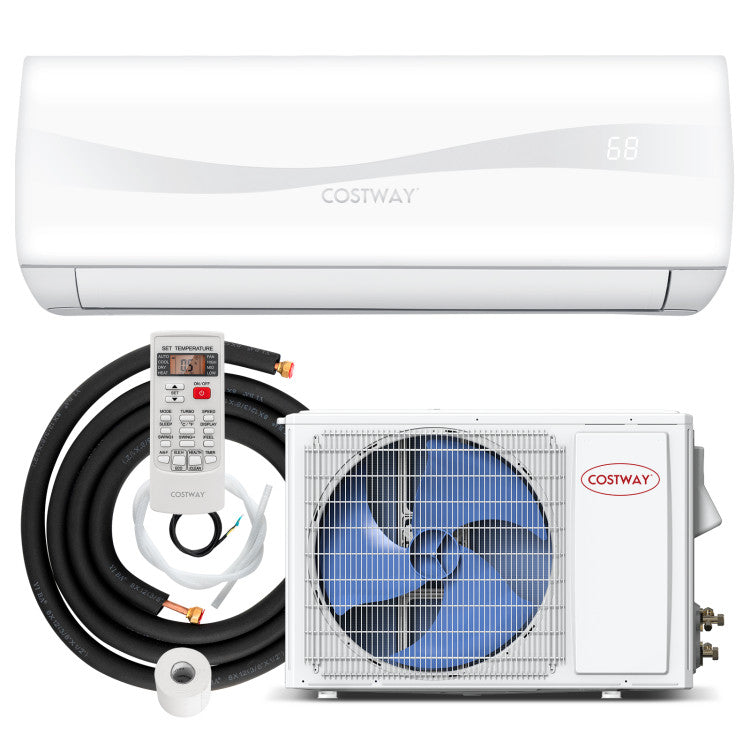
- Calculate Square Footages:
Measure the length and width of the room or area in feet.
Multiply the length by the width to determine the square footage.
- Use the BTU per Square Foot Rule:
As a rough estimate, you'll need around 20 BTUs per square foot for cooling. This can vary based on factors like insulation, climate, and sunlight exposure.
- Adjust for Specific Conditions:
If the room has poor insulation, you might need more BTUs.
For sun-exposed rooms, add 10% to the calculated BTUs.
If the air conditioner will be installed in a kitchen, add 4,000 BTUs.
- Consider Other Factors:
If the room has high ceilings, you may need more BTUs. Add about 10% for each additional foot of ceiling height beyond the standard 8 feet.
- Check Manufacturer Recommendations:
Refer to the manufacturer's guidelines and specifications for the specific air conditioner model you are considering. Manufacturers often provide charts or calculators to help determine the appropriate BTU capacity.
- Size of the Room:
Small rooms (100-300 sq. ft.): 5,000-7,000 BTUs
Medium rooms (300-550 sq. ft.): 8,000-12,000 BTUs
Large rooms (550-1,000 sq. ft.): 14,000-18,000 BTUs
Remember that these are general guidelines, and individual factors may require adjustments. If in doubt, it's advisable to consult with a professional HVAC installer who can assess your specific needs and provide personalized recommendations based on your conditions and requirements. Oversizing or undersizing an air conditioner can lead to inefficiency, increased energy costs, and decreased comfort.

















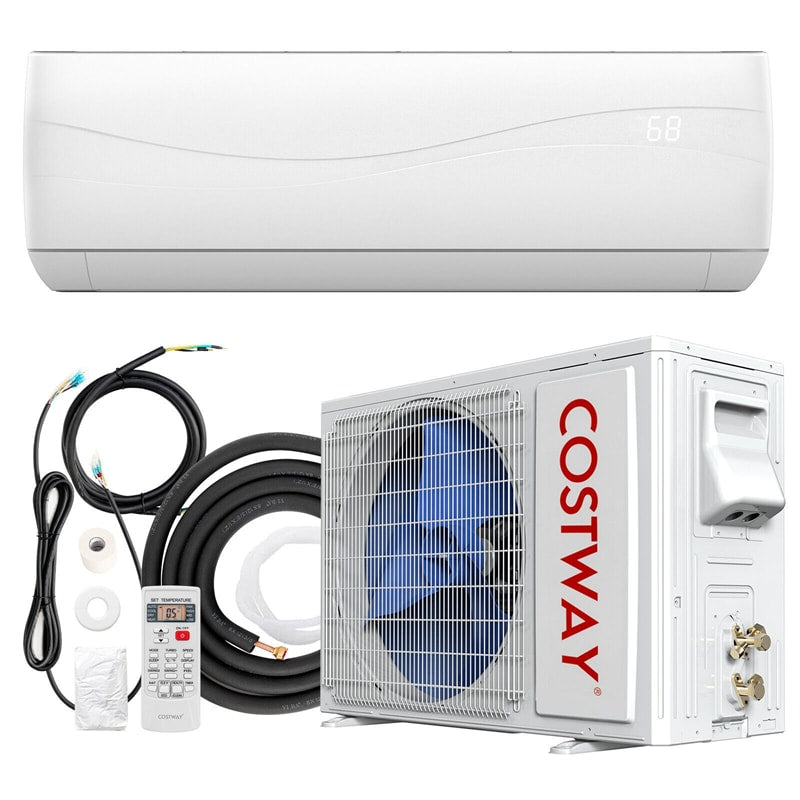

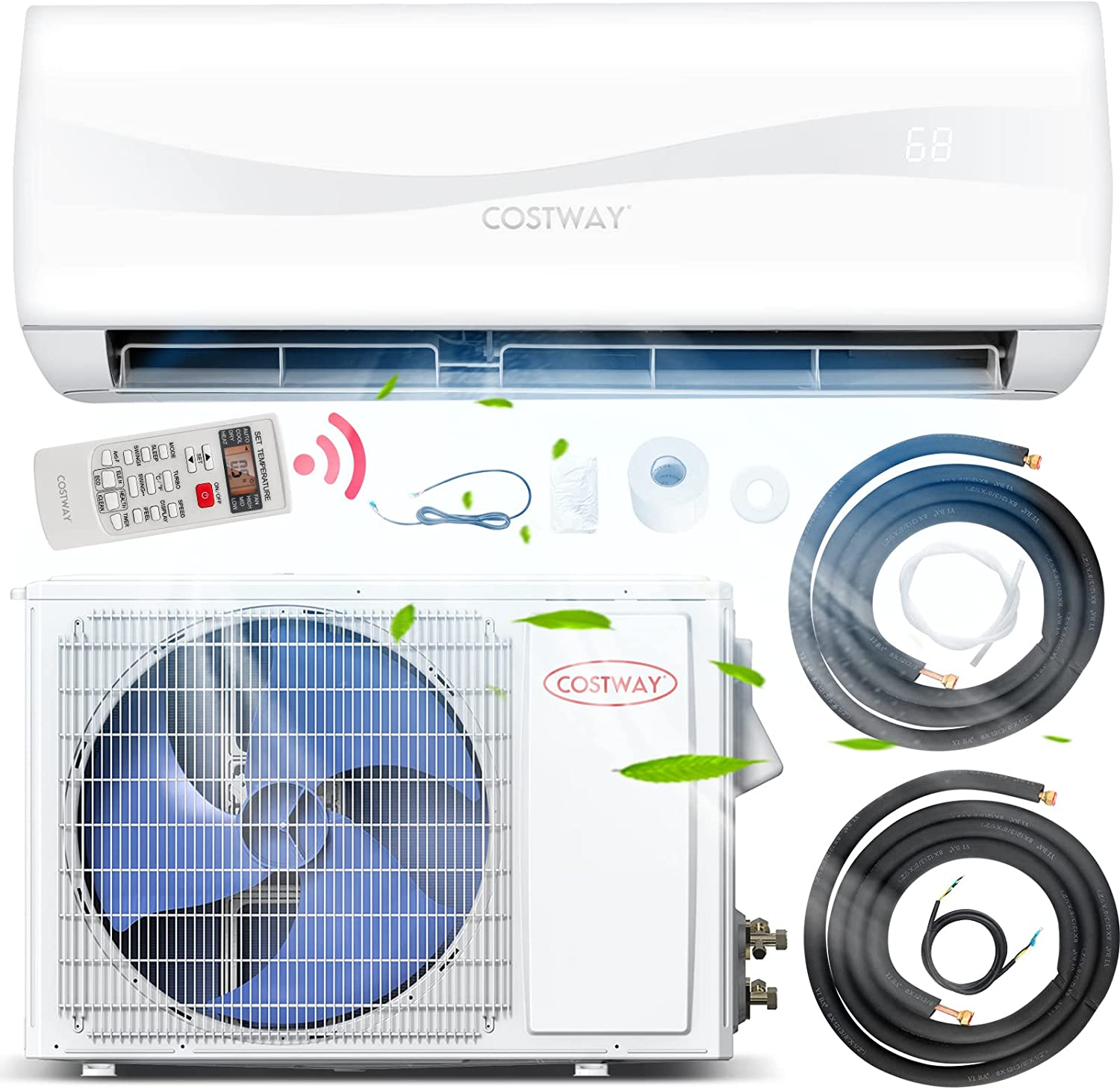
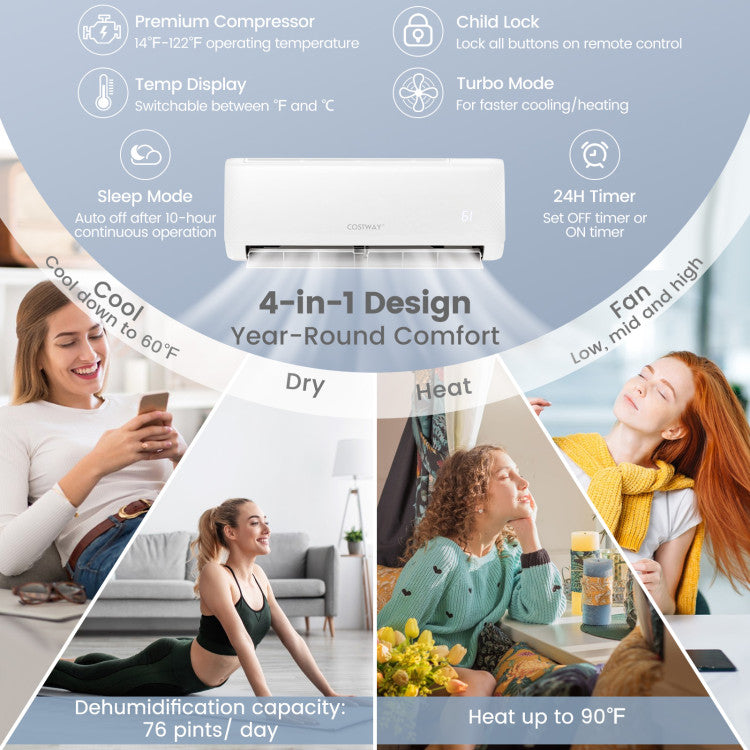
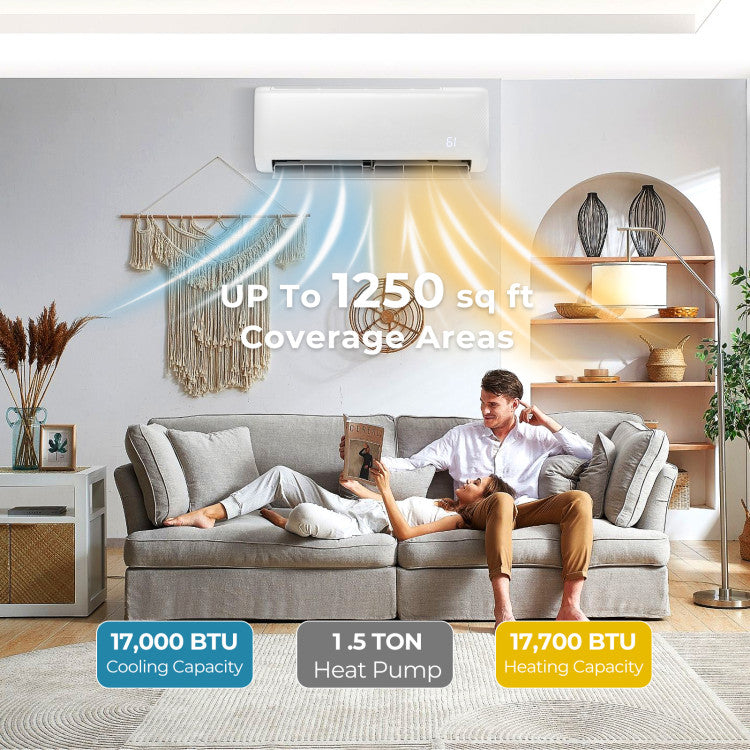
Leave a comment